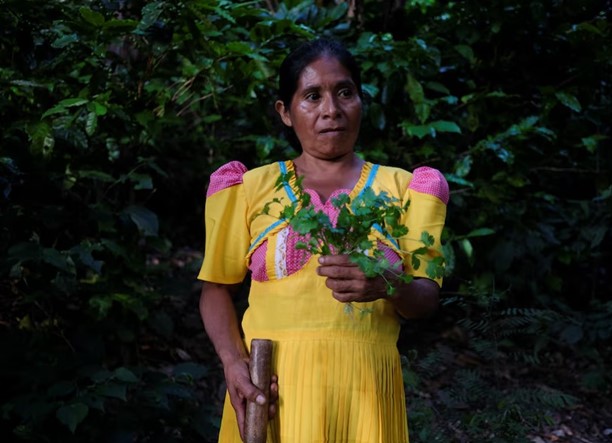
Guatemala's Drought-Induced Hunger Addressed by Sustainable Farming Initiative
In Guatemala, drought and crop failures are a constant menace, exacerbating hunger and malnutrition, especially in rural regions. To tackle this issue, international aid programs are stepping in, with the U.N.'s World Food Program (WFP) at the forefront, offering training in sustainable farming practices to communities most affected.
Guatemala lies within the Central American Dry Corridor, an area that has been increasingly affected by prolonged droughts and severe weather events, including hurricanes, over the past decade. These conditions have made life particularly difficult for small and medium-sized farmers and Indigenous populations, who often struggle to feed their families in these harsh environments.
According to UNICEF, Guatemala has one of the highest rates of stunting in Latin America, with 44 percent of children in 2022 falling below the normal height-for-age range—a stark indicator of chronic malnutrition.
Lilian Ramos, a resident of the Tecuiz community in San Agustin Acasaguastlan, located within the Dry Corridor, shared her experience. "Before, we didn't even know about fish farming. Malnutrition was widespread," Ramos said as she recalled the early days of her efforts. Today, she and her young children harvest fish from a pond—a testament to how her small initiative has grown over time. "We started with just a small well, and step by step, we expanded," she added.
The WFP's training program focuses on integrating innovative techniques and proactive measures to mitigate the impact of adverse weather on crops and food supplies. This approach is helping community farms to withstand environmental challenges and continue their production, even under difficult conditions.
"We have observed some positive changes... It's a strong model that not only benefits local communities but also serves as an example for other countries grappling with climate change," said Tania Goossens from the WFP in Guatemala.